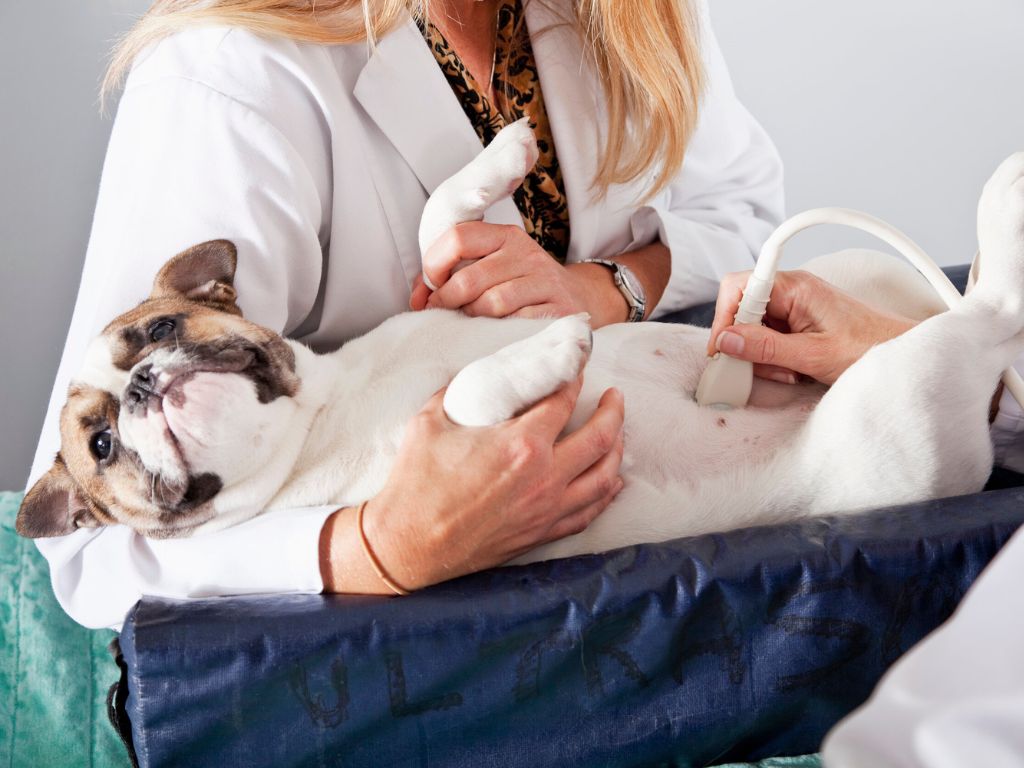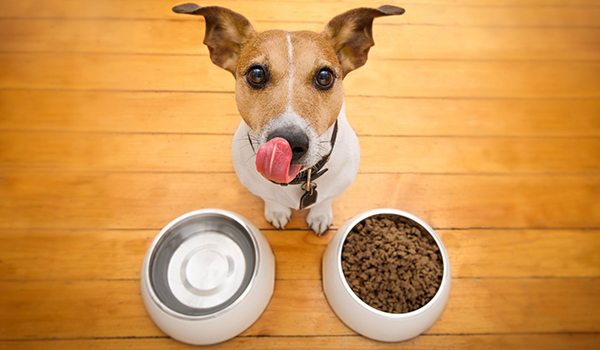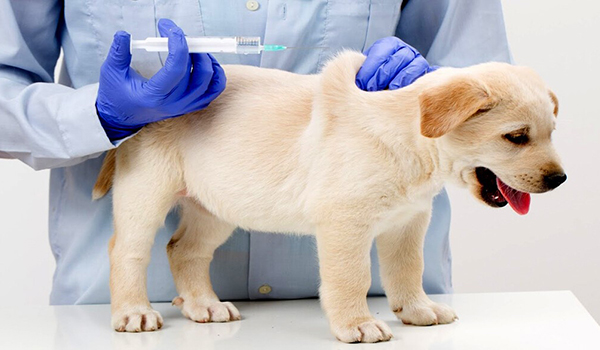
Pregnancy in dogs is a complex period for your pet and a highly responsible one for any owner. While it’s a natural process, it requires special attention and care because both the mother and her puppies need support. Diet, exercise, and daily care all need to be adjusted to keep mom and pups healthy. One of the most common questions owners have is: how can I tell if my dog is pregnant? This article breaks down what you should know and the most common signs.
About Dog Pregnancy
Pregnancy in dogs is an exciting and sometimes stressful time for both the dog and the owner. The average length of pregnancy ranges from 53 to 71 days, depending on the dog’s size and breed. For example, a German Shepherd or Saint Bernard usually carries puppies longer than a Yorkshire Terrier or Pomeranian.
A dog can only become pregnant during estrus (heat), which lasts about 7 to 14 days. However, the visible heat cycle (with bloody discharge) may last up to three weeks or longer. How often a dog goes into heat depends on its size and breed. A Dachshund may cycle every six months, while northern breeds like Siberian Huskies, Samoyeds, and Alaskan Malamutes may only come into heat once a year.
It’s extremely important that a dog is physically mature before carrying puppies. The first pregnancy shouldn’t occur before the second or third heat cycle. Ideally, you should have your vet examine your dog before breeding to ensure she’s healthy and ready.
Many pregnancies are planned rather than accidental. Breeders often pair a female with a selected male to produce healthy puppies. In such cases, it’s vital to prevent mating with other males, as an unplanned pregnancy could interfere with your goals.
Once breeding has occurred, it’s natural to wonder when pregnancy will start and how to prepare. So how can you tell if your dog is expecting? Let’s break it down.
How to Know if Your Dog Is Pregnant
In the earliest stages, it’s impossible to know for sure if conception occurred. Some pregnancy symptoms also mimic health issues. But if you closely monitor your pet, you may spot signs that suggest pregnancy.
Early Signs of Pregnancy in Dogs
The earliest signs typically appear two weeks after mating. At first, these changes are mostly behavioral, but as time goes on, physical signs become clearer. Common indicators include:
- Loss of appetite – Your dog may eat less or refuse food due to hormonal changes. This is usually temporary.
- Nausea and vomiting – Mild “morning sickness” can occur during the first month. Make sure your dog always has access to fresh water.
- Behavioral changes – Some dogs become clingy and affectionate; others sleep more or avoid contact. Some females may become unusually sensitive or even a little aggressive.
- Changes in mammary glands – In females who’ve been pregnant before, the nipples may swell and darken in color.
- Vaginal discharge – Clear discharge may signal pregnancy. Small streaks of blood can be normal, but black, green, or bright red discharge requires an urgent vet visit.
Veterinary Confirmation
The most reliable way to confirm pregnancy is to visit your veterinarian. They can use several methods:
- Blood test – Measures the hormone relaxin, which rises during pregnancy. This test is accurate only after about two weeks post-mating.
- Ultrasound – Confirms pregnancy and may detect fetal heartbeats by week four. It’s difficult, however, to count puppies accurately this way.
- X-ray – Typically done after day 42 to count the puppies. The radiation dose is minimal and considered safe.

False Pregnancy
False pregnancy (pseudopregnancy) is a condition where a dog shows pregnancy-like signs without actually being pregnant. Symptoms include increased appetite, nausea, milk production, and even “nesting” or caring for toys as if they were puppies. This can cause physical and emotional stress, so prompt veterinary care is recommended. Only a vet can distinguish true pregnancy from false pregnancy using diagnostic tests.
Caring for a Pregnant Dog
Caring for a pregnant dog is a serious responsibility. Provide a balanced diet, maintain hygiene, create a calm environment, and monitor her exercise level. You can read more about caring for a pregnant dog here.




